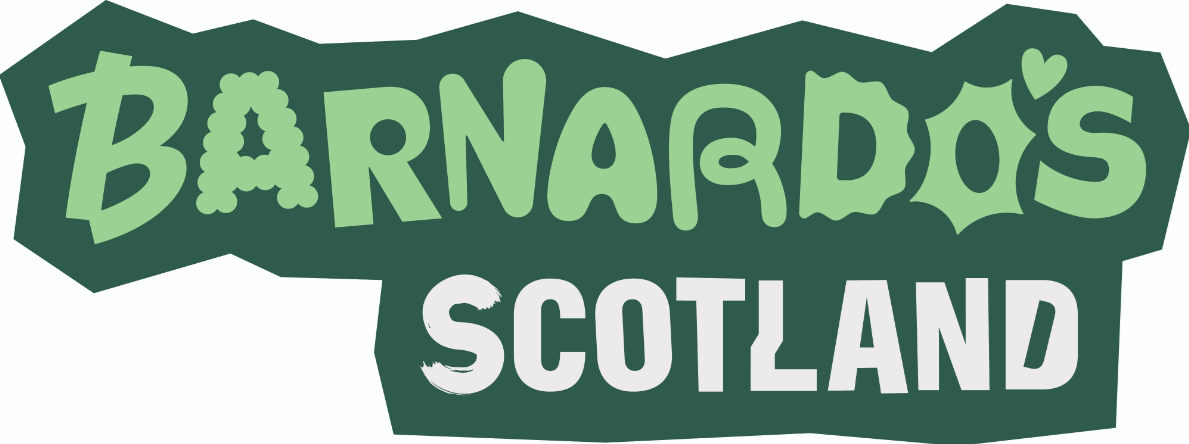
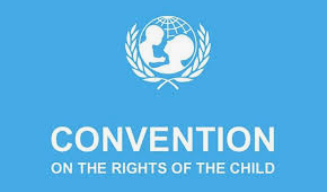

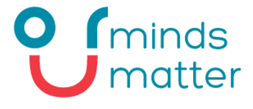
![NHS FI Cmyk [Converted]](/media/cc38w7ra/nhs_fi_cmyk-converted.jpg)
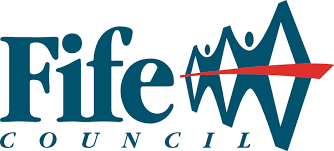

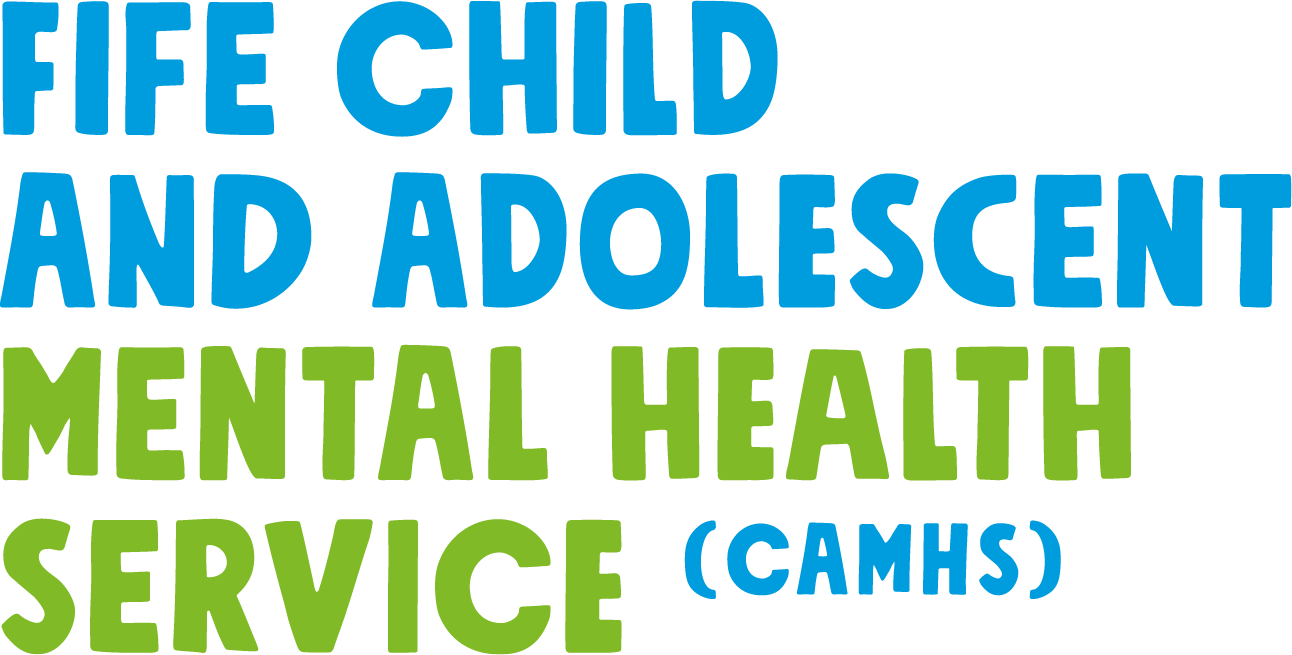
Introduction
This guidance is for all staff in statutory and voluntary agencies that are working with and supporting children and young people in Fife and should be used to support your own professional judgement and your organisation’s existing policies. There should be no “wrong door” when it comes to a young person asking for help.
This guidance supports the UN Convention on the Rights of the Child (UNCRC), particularly in relation to the following articles:
- Article 3: Best Interests of the Child
- Article 6: Every child has the right to life, to grow up and reach their potential
- Article 12: Every child has the right to be listened to and taken seriously
- Article 16: Right to Privacy
- Article 24: Every child has the right to good healthcare
The United Nations Convention on the Rights of the Child (UNCRC) places a strong emphasis on the protection of children’s privacy and the careful handling of their personal information. When it comes to sharing confidential information, especially in sensitive contexts like disclosures of suicidal ideation, the principles of the UNCRC must be carefully balanced with the need to ensure the child’s safety and well-being.
This document was developed by a multiagency group and brings together information identified within various guidance documents and is based on current service provision in Fife. We have created a Wakelet for practitioners using this document which signposts to useful website and information related to the guidance. We have also signposted to other Wakelets for children and young people and parents/carers at other points in the document. Links to all Wakelets and other examples of useful information are provided within the appendix at the end of the document.
Aims
This guidance aims to:
- reduce the risk of suicide in children and young people in Fife
- support partnership working with children, young people, parents, carers and professionals
- increase staff confidence
- support you to understand your role and boundaries by providing a shared framework for understanding, identifying, responding, assessing and working with young people at risk of suicide
Acknowledgements
This guidance was developed by a multiagency group of partners including:
- Barnardo’s
- Children & Adolescent Mental Health Services (CAMHS)
- Children and Families and Justice Social Work
- Child Protection Committee
- Education Service
- Educational Psychology
- Health Promotion Service
- School Nursing Service



